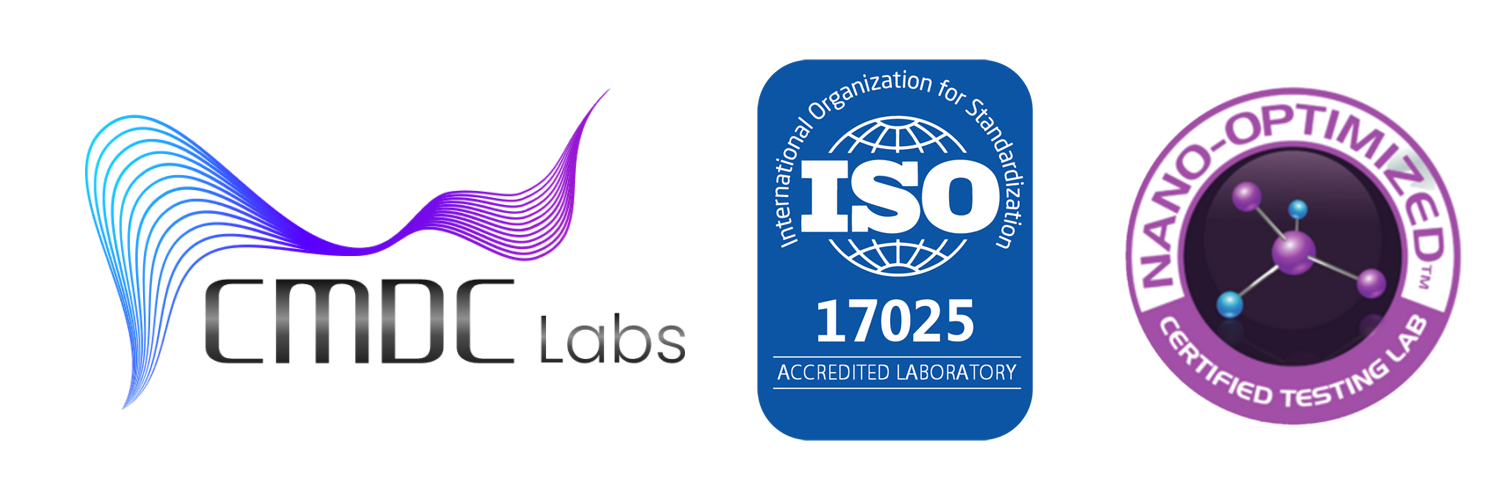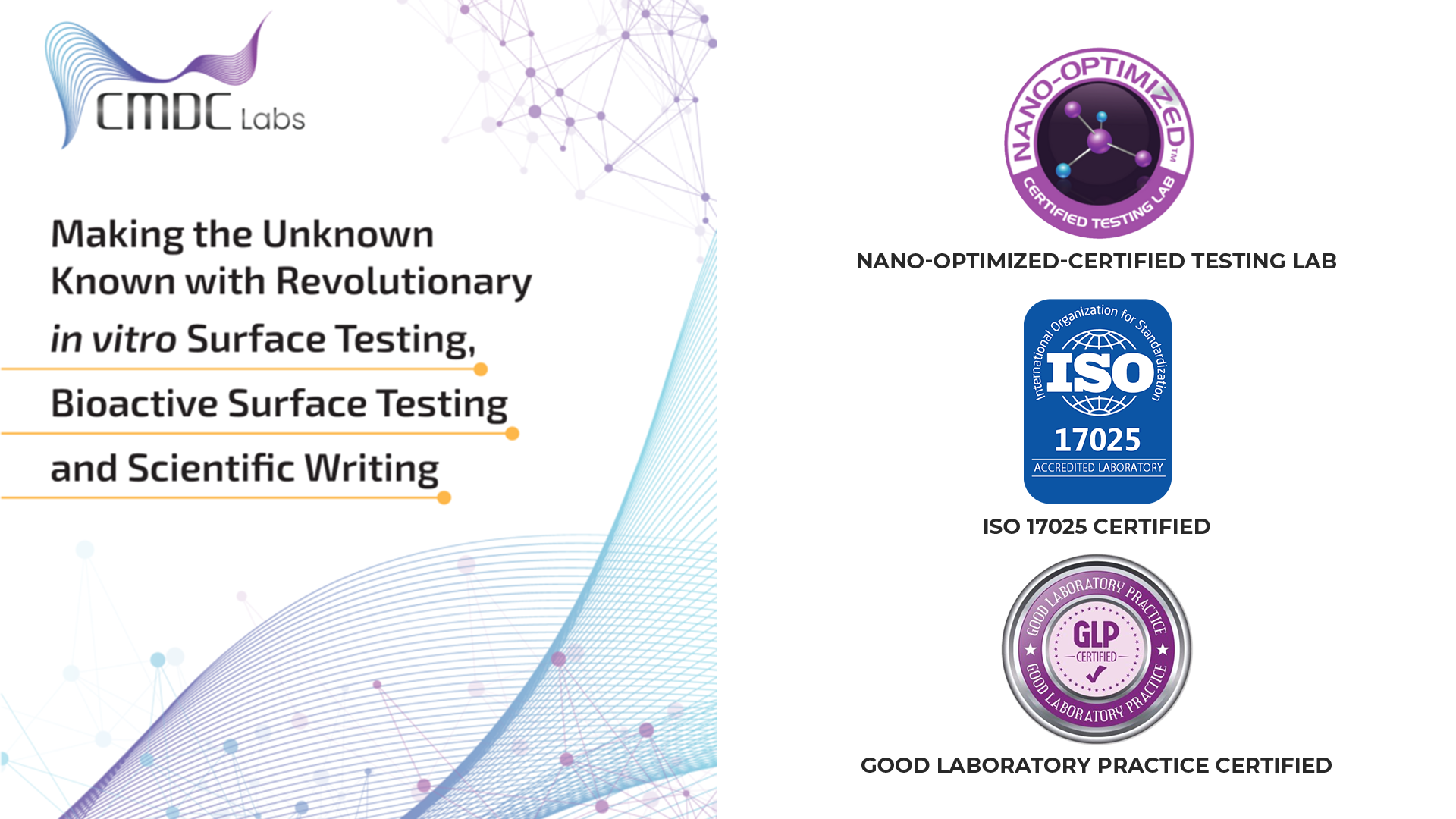ISO 11737-1 and ISO 11737-2 are international standards that provide guidance on the determination of microbial bioburden in products, substances, and materials used in the medical device manufacturing industry. While both standards aim to ensure the safety and quality of medical devices, they differ in scope, methodology, and application. In this article, we delve into the key differences between ISO 11737-1 and ISO 11737-2, offering valuable insights for manufacturers and regulatory professionals.
Understanding ISO 11737-1:
ISO 11737-1, titled “Sterilization of medical devices – Microbiological methods – Part 1: Determination of a population of microorganisms on products,” focuses on the enumeration of viable microorganisms present on medical devices before sterilization. This standard provides guidance on sampling methods, incubation conditions, and enumeration techniques to assess the bioburden levels of medical devices accurately. By determining the initial microbial population, manufacturers can establish appropriate sterilization processes to achieve the desired sterility assurance level (SAL).
Exploring ISO 11737-2:
In contrast, ISO 11737-2, titled “Sterilization of medical devices – Microbiological methods – Part 2: Tests of sterility performed in the definition, validation, and maintenance of a sterilization process,” addresses the validation and maintenance of sterilization processes. This standard outlines procedures for conducting sterility tests on medical devices after sterilization, evaluating the effectiveness of the sterilization process in eliminating microbial contaminants. ISO 11737-2 emphasizes the importance of method validation, control of environmental factors, and ongoing monitoring to ensure the sterility of medical devices throughout their lifecycle.
Key Differences and Considerations:
One of the primary distinctions between ISO 11737-1 and ISO 11737-2 lies in their respective objectives: ISO 11737-1 focuses on bioburden determination pre-sterilization, while ISO 11737-2 pertains to sterility testing post-sterilization. Manufacturers must adhere to both standards to establish robust sterilization processes and ensure the safety and efficacy of their medical devices. Additionally, ISO 11737-2 requires more stringent validation and monitoring procedures to demonstrate compliance with regulatory requirements.
Practical Implications and Compliance Strategies:
For manufacturers, compliance with ISO 11737-1 and ISO 11737-2 is essential to meet regulatory standards and ensure patient safety. By implementing comprehensive bioburden testing protocols, manufacturers can assess the microbial contamination levels of their products, validate sterilization processes, and maintain product quality throughout the manufacturing process. Collaboration with accredited testing laboratories, such as CMDC Labs, can provide manufacturers with the expertise and resources needed to navigate the complexities of bioburden analysis and achieve regulatory compliance.
Conclusion:
ISO 11737-1 and ISO 11737-2 play complementary roles in the sterilization validation and bioburden assessment of medical devices. While ISO 11737-1 focuses on pre-sterilization bioburden determination, ISO 11737-2 addresses post-sterilization sterility testing and process validation. Manufacturers must understand the differences between these standards and implement robust testing protocols to ensure compliance with regulatory requirements and maintain product safety and efficacy. With its expertise in bioburden analysis and sterilization validation, CMDC Labs is poised to support manufacturers in meeting the stringent demands of ISO 11737 compliance and enhancing the quality of medical devices.

